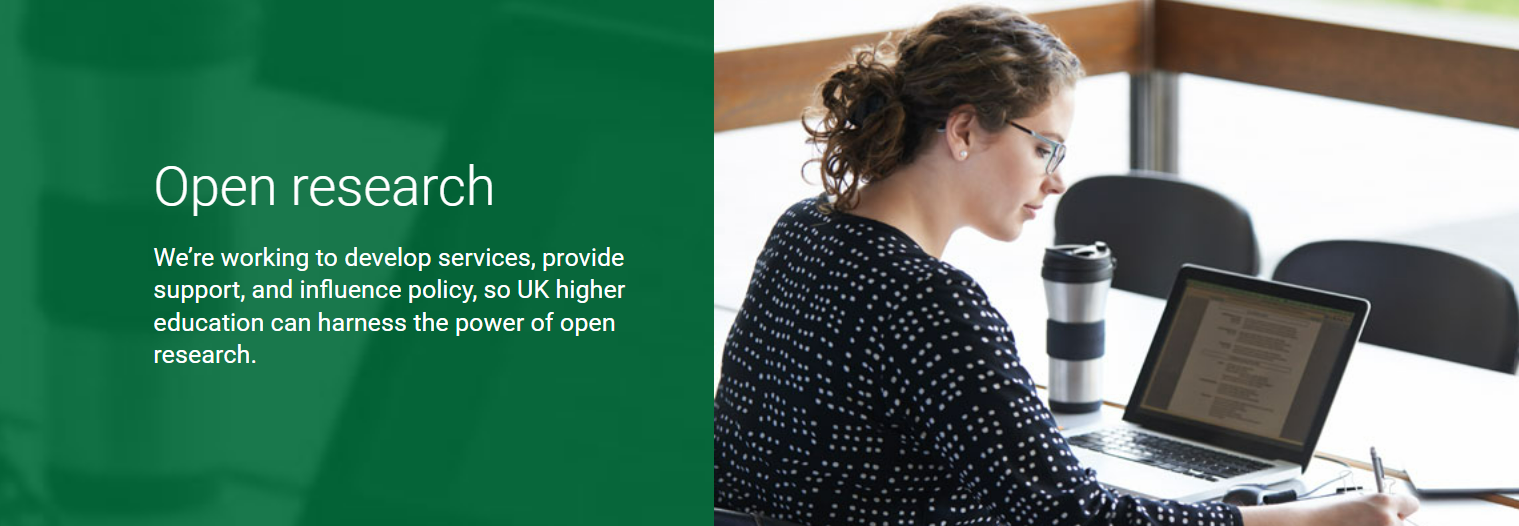What is a BPC?
The book processing charge (BPC) is a payment made to a publisher to cover the costs of publishing a book open access (OA), and includes the editing, production and dissemination of the book as well as arranging peer review, marketing and online hosting.[1]
Although the BPC model is currently predominant, especially among commercial publishers, there is no single ideal business model for OA book publishing that can be adopted as standard.[2] The Open Access Books Toolkit explains the many different approaches to OA book publishing.
The problem with the BPC
One of the main issues with BPCs (some of which exceed £10,000 per book!) is that they simply will not scale. According to the REF2021 data, 20 parent company publishers accounted for an estimated 71% of the total number of books reported.[3] It is estimated that the cost to make 75% of books submitted to the REF under the BPC model would be £19.2m per year.
Although many authors can claim the BPC from their funder, there is a limited pot of money. For example, while UKRI have pledged to provide a dedicated OA fund for monographs, book chapters and edited collections from January 2024, this ring-fenced fund of £3.5 million will only cover between 280 and 350 monographs per year.
Other types of funding models
So before the books market follows journals down an (A)PC route, we have the opportunity to learn from the experiences of the journal side and to experiment with innovative funding models that will reduce the inequalities embedded into the scholarly publishing ecosystem where only those who can afford to publish as OA do so. The Diamond OA model, for example, is free to read AND free to publish. Tom Grady (Birkbeck, University of London) says:
…the sector needs to experiment with these models. Libraries need to get behind them and support them otherwise the scenario ends with libraries paying huge BPCs to a small group of larger publishers.”
The Diamond OA model
There are already publishers experimenting with the Diamond OA model for their front-list books, such as MIT Press Direct to Open, COPIM’s Opening the Future models and University of Michigan Press’ Fund to Mission. These initiatives offer institutions the opportunity to purchase or lease backfile access which funds immediate OA for frontlist publications. Born OA presses such as Punctum Books and Open Book Publishers offer memberships which allow institutions to directly fund front-list OA publication. You can read more about these supporter membership models in a previous blog post.
All of these agreements operate on the principle of collective funding from institutions, who will then pay a fee which is a fraction of a BPC. And they have proved successful; in the case of MIT Press’ Direct to Open, libraries worldwide collectively funded around 90 frontlist titles in 2022.
Amy Harris, Senior Manager, Library Relations and Sales at the MIT Press, is delighted with the success of Direct to Open and explains that in the first two years alone, over 270 libraries worldwide have supported Diamond OA for their new scholarly books. She added,
“… our partner libraries are helping us achieve a long-standing goal of implementing equitable, sustainable OA at scale for a vital part of our publishing program. It was very important for us to reject BPCs as an approach that only perpetuates and exacerbates inequity and exclusivity in scholarly communication.”
Policy compliance
However, Diamond agreements must be compliant with the UKRI OA policy for monographs (and any forthcoming OA requirements for the next REF) and ensure that an OA version is available within 12 months of publication. If institutions are unable to support these Diamond initiatives, UK-affiliated authors run the risk of their book title not being compliant, which would mean falling back on a BPC payment to the publisher.
Next steps
While many institutions can see the benefits of creating a fund to support Diamond OA agreements, as more of these types of agreements become available, there are many questions for libraries to consider. With limited budgets, how do libraries evaluate which new models of open publishing they should support? Should they use their budget to support the development of open-source institutional infrastructure to underpin OA for books?
The second part of this blog will discuss the different licensing aspects of Diamond OA agreements, and the balancing act for libraries when it comes to matching up their requirements to the different elements of the various publisher offers. Watch this space!
Keep up to date with Jisc open research on Twitter.
[1] https://oabooks-toolkit.org/article/14517156-what-does-the-book-processing-charge-bpc-cover
[2] Speicher, L., Armando, L., Bargheer, M., Eve, M.P., Fund, S., Leão, D., Souyioultzoglou, I. (2018). Open Access Business Models [White paper]. OPERAS. Retrieved from http://doi.org/10.5281/zenodo.1323708
[3] 10,180 of 14,265 titles submitted to panels A (Authored book), B (Edited book), R (Scholarly edition).


2 replies on “Balancing the books (part 1)”
[…] is the second part of a two-part blog post. Part one discussed the various approaches to open access (OA) book publishing, including the Diamond model, […]
[…] (CPC) as their preferred publishing model, and similarly to the Book Processing Charge (BPC) model, there are concerns that the CPC model will not scale with this limited […]